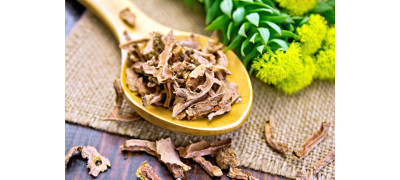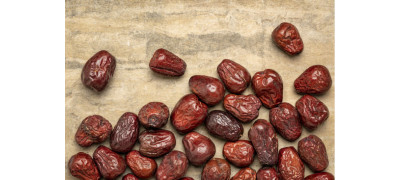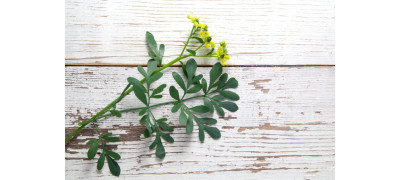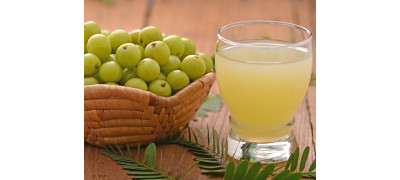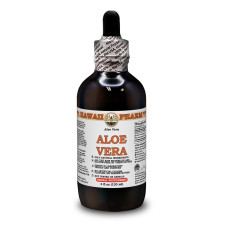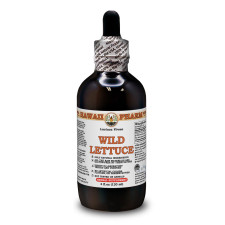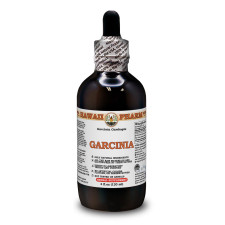- Home
- Alcohol Herbal Extracts
- Alcohol-FREE Herbal Extracts
- Veterinary Herbal Extracts
- Partnership
Partnership
We are open for cooperation with all interested persons or organizations. We have plenty of partners from all around the world and are looking for a long-term cooperation with new ones. At the present time we offer the following cooperation models:

WHOLESALER
We offer up to 30% discounts for wholesalers. The exact discount amount is dependent on your order amount, quantity and size of items. Minimum order amount is $300.

PRACTITIONER
Only for licensed practitioners! Create an account as practitioner and get special exclusive promotions. This kind of account is required manual approve.

AFFILIATE PROGRAM
Do you recommend us to your friends, family, colleagues and/or clients? If so: Thanks! We really appreciate it! Join our affiliate program. It’s by far the best way to monetize your Twitter or Facebook page, blog, or website.
- Blog
- Contact Us
-848x565.jpeg)
CHAPARRAL: A COMPREHENSIVE OVERVIEW
Chaparral, scientifically known as Larrea tridentata, is a plant of significant interest due to its unique characteristics and uses. Predominantly found in the desert regions of the Southwestern United States and parts of Mexico, this plant has been a part of traditional remedies and cultural practices for centuries. This article aims to provide an in-depth analysis of Chaparral, covering its botanical characteristics, chemical composition, historical significance, general health benefits, and indications for use.
Botanical Characteristics
Larrea tridentata, commonly known as Chaparral, belongs to the Zygophyllaceae family. It is characterized by its hardy nature, enabling it to thrive in arid desert climates. This evergreen shrub typically grows to a height of 2-6 feet. Its leaves are small, dark green, and have a distinctive resinous aroma. The leaves are opposite, with each leaflet being about a centimeter long. Chaparral blooms with small, yellow flowers primarily in the spring, which then give way to small, five-lobed fruits.
Chemical Composition
The chemical composition of Chaparral is diverse and includes a variety of flavonoids, phenols, and lignans. One of the most notable compounds found in Chaparral is Nordihydroguaiaretic acid (NDGA), which is a potent antioxidant. Other compounds include flavones, quercetin, and kaempferol, contributing to its distinctive properties.
Historical Facts
Chaparral has a rich history of use among indigenous peoples of the Southwestern United States and Northern Mexico. It has been used traditionally for a variety of purposes, including as a tea for wellness and as a topical application for skin health. The plant has also been utilized in various cultural ceremonies and as a natural dye.
General Health Benefits
Chaparral is widely recognized for its antioxidant properties, mainly attributed to the presence of NDGA. These antioxidants help in neutralizing free radicals, thus potentially supporting overall health. Additionally, Chaparral is known for its cleansing properties, making it a popular choice in herbal teas and supplements for supporting the body's natural detoxification processes.
Indications for Use
When considering the use of Chaparral, it's crucial to focus on its supportive role in general wellness. It is often used in the following contexts:
Support for Skin Health: Applied topically, Chaparral is believed to support skin health due to its antioxidant properties.
Herbal Teas and Supplements: For those seeking natural ways to support their body’s cleansing processes, Chaparral is often included in herbal teas and dietary supplements.
Culinary Uses: In some regions, Chaparral is used as a flavoring agent due to its aromatic properties.
Conclusion
Chaparral, with its unique botanical characteristics, rich chemical composition, and historical significance, offers a range of potential benefits. While traditionally it has been used for various purposes, its role in supporting general health and wellness continues to be the focus of interest. As with any herbal product, it is essential to consult with a healthcare professional before starting any new supplement regimen, especially to avoid any contraindications or interactions with other medications or health conditions.
RHODIOLA, GOLDEN ROOT
Rhodiola rosea (commonly golden root, rose root, roseroot, Aaron's rod, Arctic root, king's crown, lignum rhodium, orpin rose) is a perennial flowering plant in the family Crassulaceae. It grows natu..
JUJUBE
Trees or prickly deciduous shrubs of Jujube species can reach a height of 10 meters. Trees of this species have a hemispherical openwork crown, shrubs have pyramidal or widespread crown. Jujube bark i..
RUE
Rue is a perennial herb with a pronounced smell. It has a very firm stem and can reach a height of seventy centimeters. The plant has very interesting leaves- if to shine them through, it seems that t..
AMLA, OR INDIAN GOOSEBERRY
Amla is a subtropical deciduous tree that is famous for its eatable fruit and is native to India. Since ancient times amla has been considered a symbol of good health in Ayurvedic medicine. The amla t..
Get exclusive deals you will not find anywhere else straight to your inbox!
Subscribe / UnsubscribeCookies policy
 We use cookies and similar technologies that are necessary to operate the website.
You can consent to our use of cookies by clicking "Accept..."
We use cookies and similar technologies that are necessary to operate the website.
You can consent to our use of cookies by clicking "Accept..."
Get exclusive deals you will not find anywhere else straight to your inbox!
Subscribe / UnsubscribeWe meticulously produce our extracts according to precise standards where each herb is extracted according to the distinct characteristic of each plant! Hawaii Pharm LLC offers the biggest choice of liquid herbal extracts in the World!

Hawaii Pharm LLC - Nature Heals. Highest Quality Herbal Products Since 2008.



